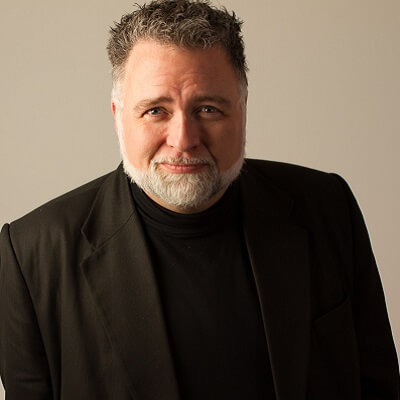On an episode of IT Visionaries, host Ian Faison sat down with Mike Fitzmaurice, Chief Technology Officer of Skybow. Mike shares with us his thoughts on low code development, citizen development, and what the future holds for these two trends.
Here are some of the highlights of the conversation.
What Mike does as a CTO
There is obviously strategy, business development, and IT involved in Mike’s role, but Mike mostly calls himself the “Explainer-In-Chief.” As the CTO, he is constantly explaining new technology and strategy to employees, customers and others.
“I spend a lot of time explaining to any of a number of different people what low-code, no-code development is, what citizen development is, and why most applications out there do or – fail to do – . I explain how they could do better, and how we’re different,” he says. “I have the luxury of not only talking about our products, but also talking about what we care about, and what our products attempt to address. I’d rather sell you on an idea then sell you on a product, because I actually think the ideas have legs and have merit– no matter who is framing that message and who is bringing it up.”
Advantages of low-code, no-code development and citizen-development
Mike advocates that developers use low-code or no-code tools as often as possible, because it will yield a faster result. Additionally, using those tools creates an environment where someone new can come in and understand an application quickly and easily.
Working with citizen-developers and shadow IT.
There is certainly merit to using both citizen-development and shadow IT. The question becomes: how do you manage that?
“The challenge to CIO’s is: do they treat citizen development as shadow IT, or do they treat it as a productive activity that they can lead and coordinate?” Mike asks. “If you’re going to do that, what you really need to do is keep an eye on what kinds of citizen-development activities are happening out in the trenches.”
To hear the full interview, click here.


